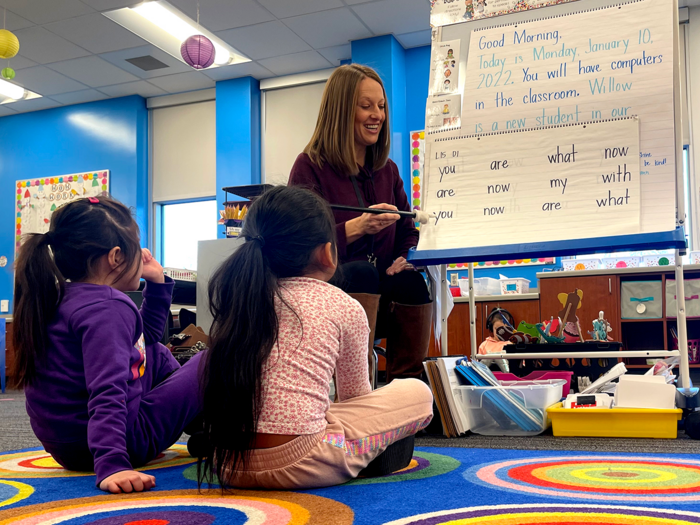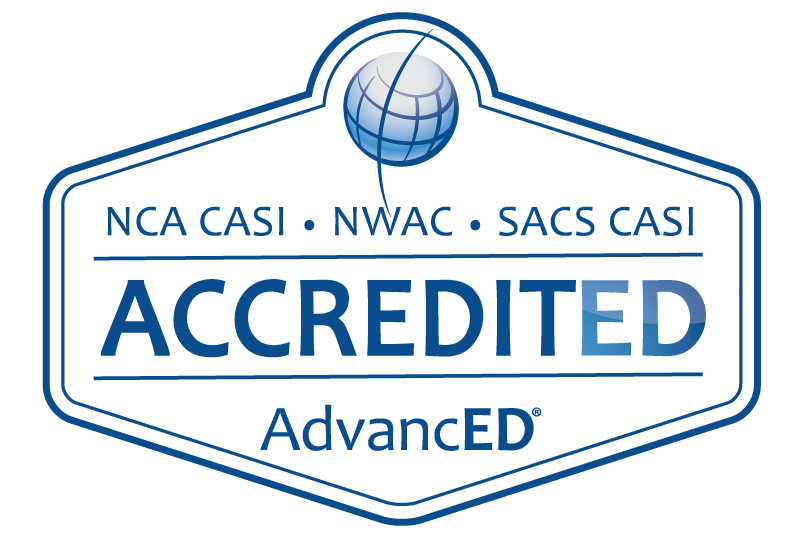
Small group instruction boosts elementary reading ability
Changes in reading instruction are yielding amazing benefits at Longfellow Elementary School.
Principal Irina Erickson said the school experienced unprecedented results for kindergarten and good growth for first and second grades on its midyear reading assessment.
“We’ve never seen results like these before,” she said.
Erickson said Longfellow is focusing on phonemic awareness, the ability to identify sounds in spoken words; phonics, the relationship between sounds and written symbols; and reading fluency.
As part of the district’s work with Implementation Consulting Group (ICG), she said, K-2 teachers have switched from an emphasis on whole class instruction to small group instruction.
In the past, teachers would spend an hour or more each day teaching reading to the whole class. This year, teachers are spending 30 minutes a day on whole group instruction in addition to an hour teaching groups of three to five students with similar proficiency levels.
Reading lessons are tailored to each of those small groups, Erickson said. One small group in a kindergarten class may need help with phonemic awareness, while another focuses on identifying letters and combinations of sounds.
While the teacher is with one group, other students work on their own or with partners. In addition to improving their reading, they also learn to work quietly and attend to their task without interruptions.
Erickson said another part of the mix is Explicit Instructions, a technique in which teachers were trained three years ago. First, the teacher demonstrates a skill. Then the class does it together, and finally, the teacher calls on an individual student to demonstrate.
The method is known as, “I do it. We do it. You do it.”
She said ICG has helped teachers individualize reading instruction and be more accountable for the time they spend teaching reading each day.
“Working with these consultants, we’re more focused, more detailed,” she said.
“We have an instructional facilitator who’s our coach,” Erickson added. Jessica Hallett models teaching technique, observes teachers, and provides feedback and support.
Hallett meets regularly with ICG and classroom teachers to communicate progress and instructional changes according to student data.
Altogether, it’s proving to be a winning combination for students’ reading performance.
Erickson explained that reading assessments are conducted at the beginning of the school year, in December and at the end of the school year. The December assessment showed “incredible growth” in students’ reading ability.
“Our results are amazing,” she said.

